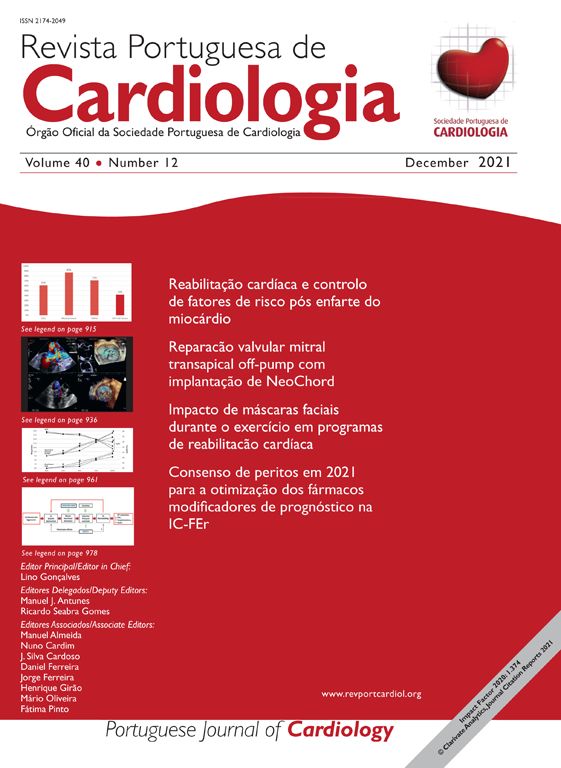Congenital heart disease (CHD) comprises a large range of cardiac defects, repaired or unrepaired, which determine the pathophysiological evolution and clinical presentation in adulthood.1 Pulmonary arterial hypertension (PAH), characterized by proliferative obstructive small vessel vasculopathy, is not uncommon (estimated prevalence 4.2-28%) in adult CHD (ACHD) patients, although other forms (types 2, 4 and 5, see below) of pulmonary hypertension (PH) may also develop.2
PAH-CHD is usually associated with the presence of a shunt and encompasses four clinical groups: (1) Eisenmenger syndrome; (2) PAH associated with predominant systemic-to-pulmonary shunt; (3) PAH associated with a small defect; and (4) PAH associated with a repaired defect, with the latter two, carrying the worst prognosis, resembling idiopathic PAH. Other forms of CHD may be associated with different types of PH, namely: (1) congenital left heart valvular disease, congenital left ventricular outflow tract obstruction and congenital pulmonary vein stenosis (type 2 PH); (2) congenital peripheral pulmonary arterial stenosis (type 4 PH); and (3) segmental PH (type 5 PH).1–4 Furthermore, PH may also develop due to comorbid acquired left heart disease. The highly heterogeneous anatomical and functional milieu and dynamic competing mechanisms make PH classification, interpretation and management challenging in ACHD patients.
In this issue of the Journal, Asmarats et al.4 report a rare case of severe PH and heart failure induced by systemic-to-pulmonary shunting through a right sinus of Valsalva aneurysm (SVA) ruptured into the right ventricle in a patient with a restrictive perimembranous ventricular septal defect. The patient was successfully treated by percutaneous SVA closure after assessment of PH reversibility with occlusion testing. Regarding the clinical case, despite the possible presence of PAH associated with a small VSD, the most probable cause of PH in this clinical setting was subacute pressure and volume overload imposed on the pulmonary circulation without elevation of pulmonary vascular resistance. The present case reveals the complexity and the somewhat unpredictable course of a simple congenital defect, creating a clinical dilemma concerning the etiology, duration and management of PH.
The key messages that can be drawn from this case are:
- –
All patients with ACHD should be seen at least once in a specialized clinic, as even mild defects can develop serious complications.
- –
An unknown percentage of patients with small VSDs develop problems later in life, including SVA, aortic regurgitation, double-chambered right ventricle, or endocarditis, and require life-long follow-up (intervals depending on the associated lesions).
- –
Any change in clinical status in patients with ACHD should prompt a comprehensive assessment.
- –
PH in the context of CHD may have several overlapping etiologies, and thorough assessment and elucidation of the pathophysiological mechanism are of paramount importance for appropriate management, with emphasis on the role of careful invasive hemodynamic assessment and interpretation.
- –
All patients with PH and unrepaired CHD should undergo thorough assessment of the etiology, mechanism and reversibility of pulmonary vascular disease before it is deemed unrepairable.
- –
Percutaneous shunt closure is a valid therapeutic option in appropriately selected patients.
The author has no conflicts of interest to declare.





